Dhaka, Apr 13 (V7N) – As the Bengali year draws to a close, people across Bangladesh celebrated Chaitra Sankranti, the last day of the month of Chaitra, with various traditional customs, rituals, and festivities on Sunday (April 13). The occasion serves as a symbolic farewell to the old year and a warm welcome to the upcoming Pohela Boishakh, the first day of the Bengali New Year.
Chaitra Sankranti, deeply rooted in Bengal’s cultural heritage, is marked by rituals, fairs, and the updating of Halkhata – the traditional ledger books used by traders. Historically, this day signifies the beginning of a new financial cycle for businesses, where the old year’s accounts are settled and new ledgers are opened with blessings for prosperity.
Across the country, the day was observed with religious rituals. Followers of traditional religions took part in bathing, fasting, donations, and other scriptural practices. Meanwhile, people from other communities also observed the day according to their own beliefs, emphasizing unity in diversity.
In rural areas, the atmosphere was vibrant with stick games, folk songs, colorful processions, and costume dances, giving a festive look to villages and small towns. Local fairs and cultural events drew crowds eager to participate in the age-old traditions.
While the digital age has led to a decline in the handwritten Halkhata, many traders in urban areas, especially in Dhaka, still maintain the tradition. Using this opportunity, shopkeepers invite their customers, offer sweets, and settle old dues in a gesture of goodwill before starting fresh business dealings in the new year.
Although most Halkhata celebrations now take place on the first, second, or third day of Baishakh, preparations and symbolic rituals often begin on Chaitra Sankranti.
Despite the march of technology, the spirit of Chaitra Sankranti continues to thrive, connecting Bengalis to their cultural roots while ushering in Pohela Boishakh with joy, hope, and a renewed sense of community.
END/MSS/AJ



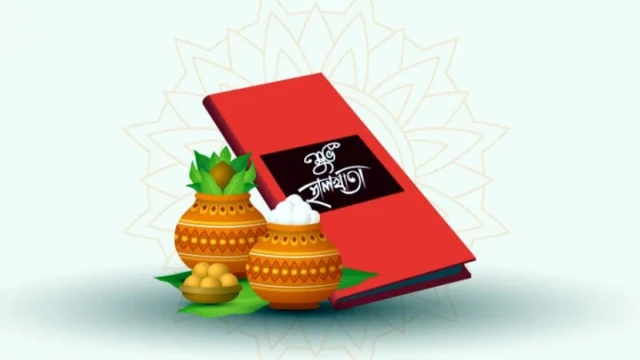
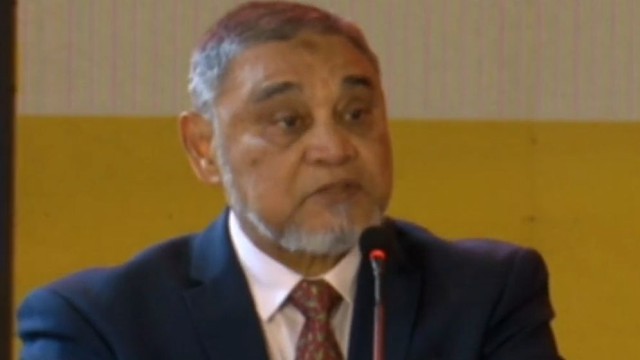
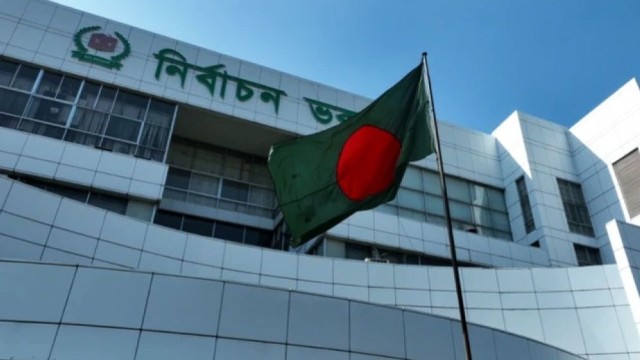

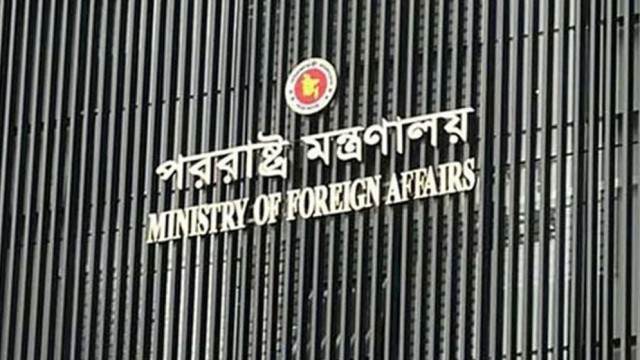



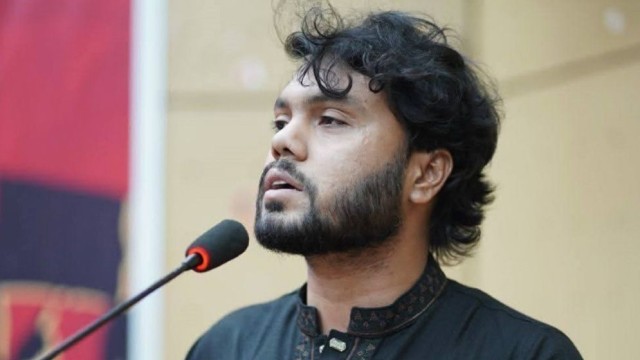

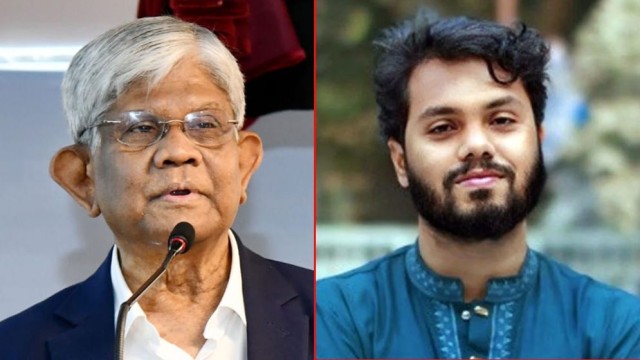



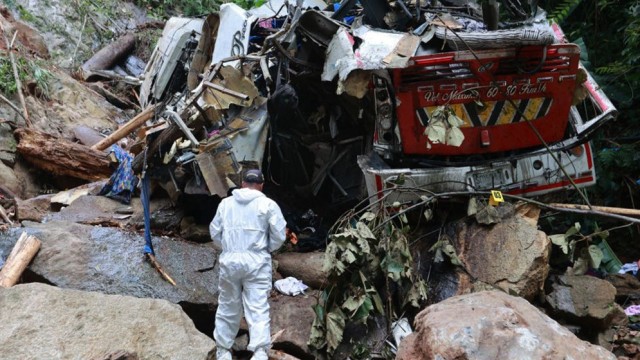


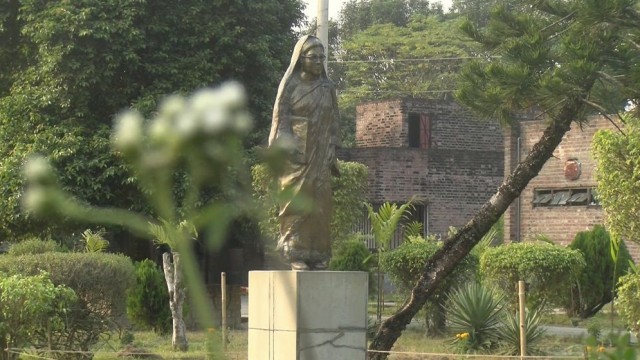
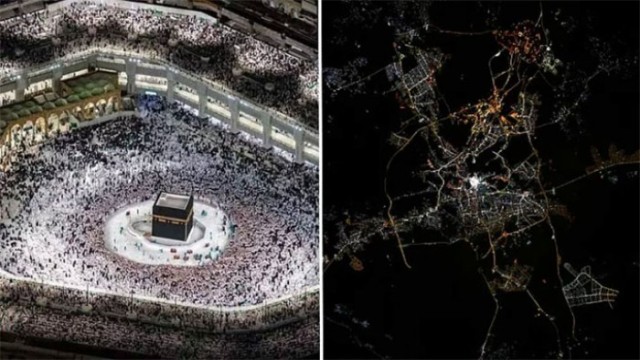
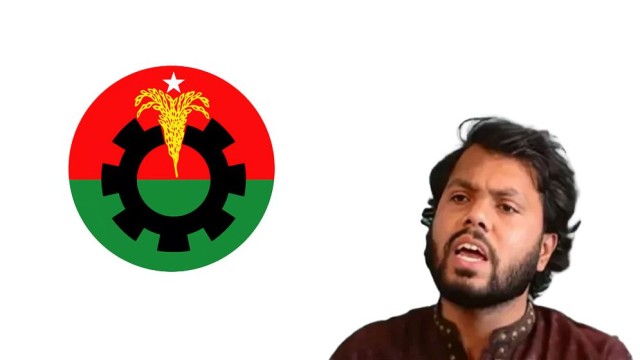

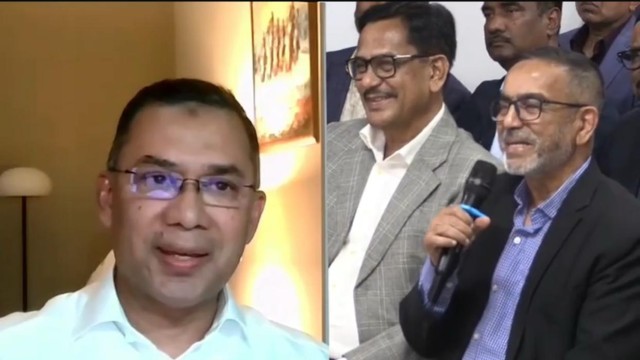

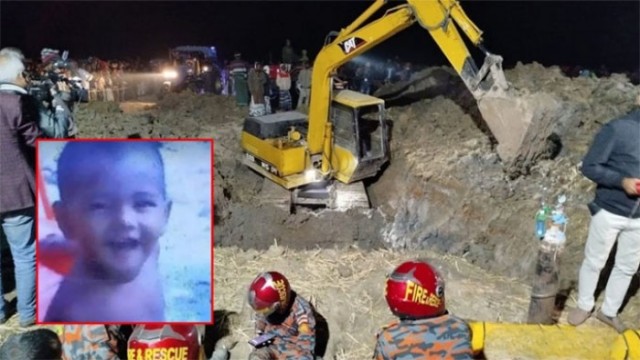


Comment: